photos
New Member
you dont muck around !I'm going for it today. Four capsules, right off.
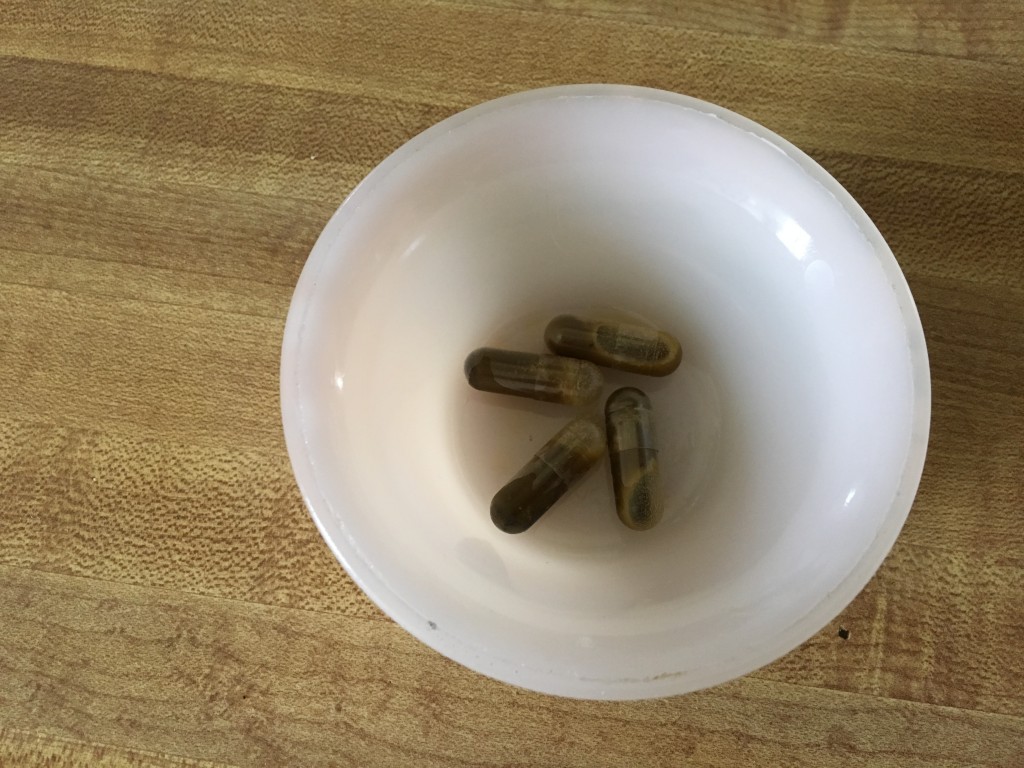
How To Use Progressive Web App aka PWA On 420 Magazine Forum
Note: This feature may not be available in some browsers.
you dont muck around !I'm going for it today. Four capsules, right off.

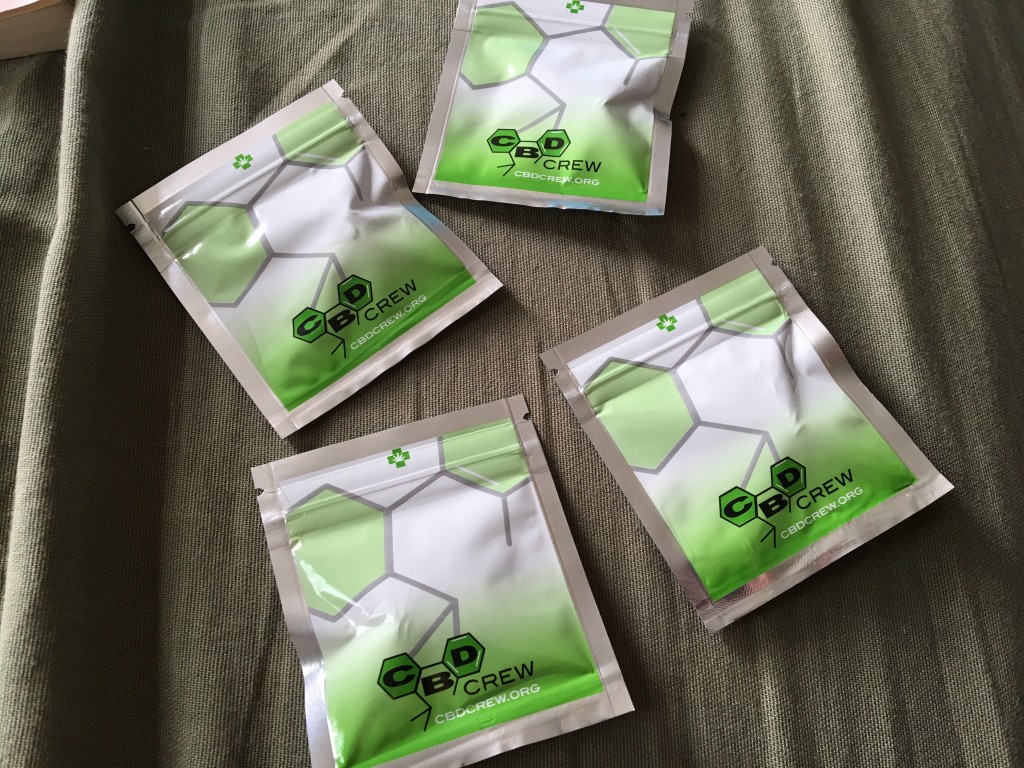
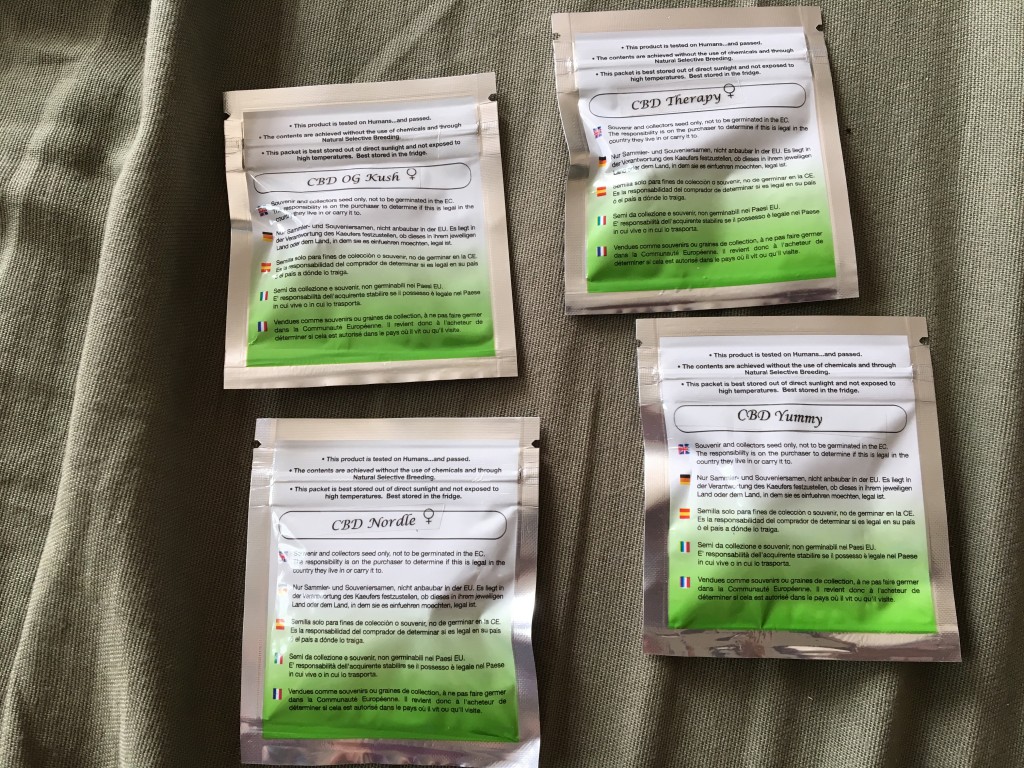
 Just kidding. I need to reign back at five plants total and limit it to one in the 2x2 at a time.
Just kidding. I need to reign back at five plants total and limit it to one in the 2x2 at a time.hahahaha............Surprise Deliveries
Don't you just love things that show up unannounced? A while back I made contact with the CBD Crew and we struck up a conversation that resulted in their wanting to send me a selection of collectible seeds. They showed up today.


I may have to run two plants in that 2x2.Just kidding. I need to reign back at five plants total and limit it to one in the 2x2 at a time.

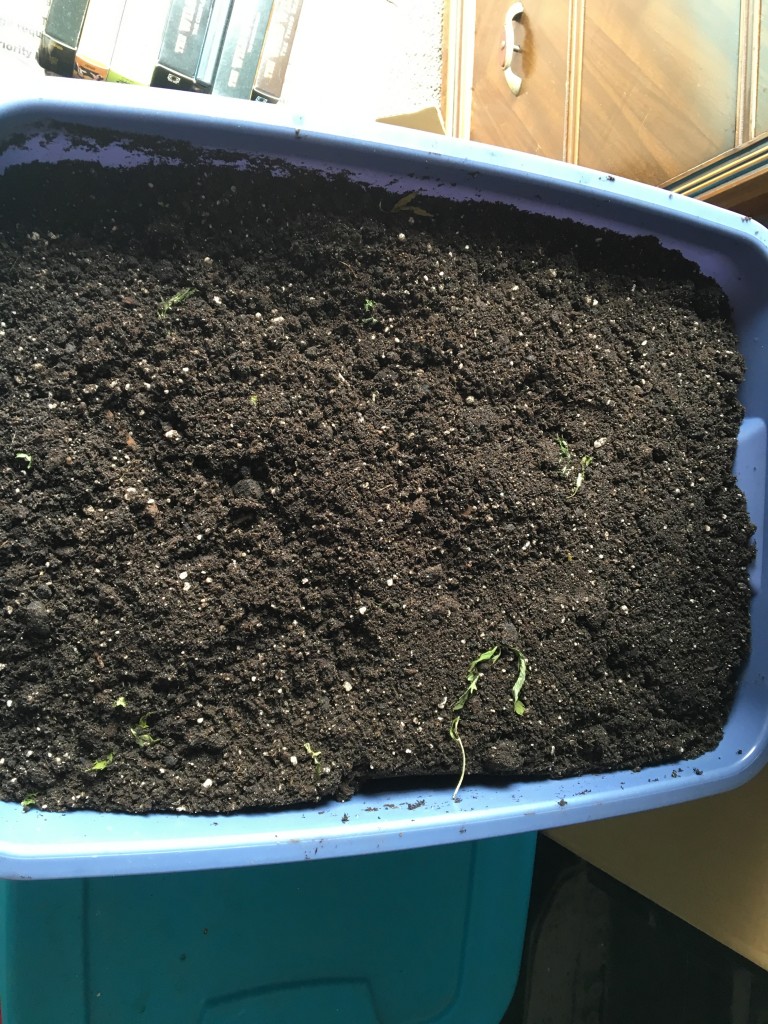
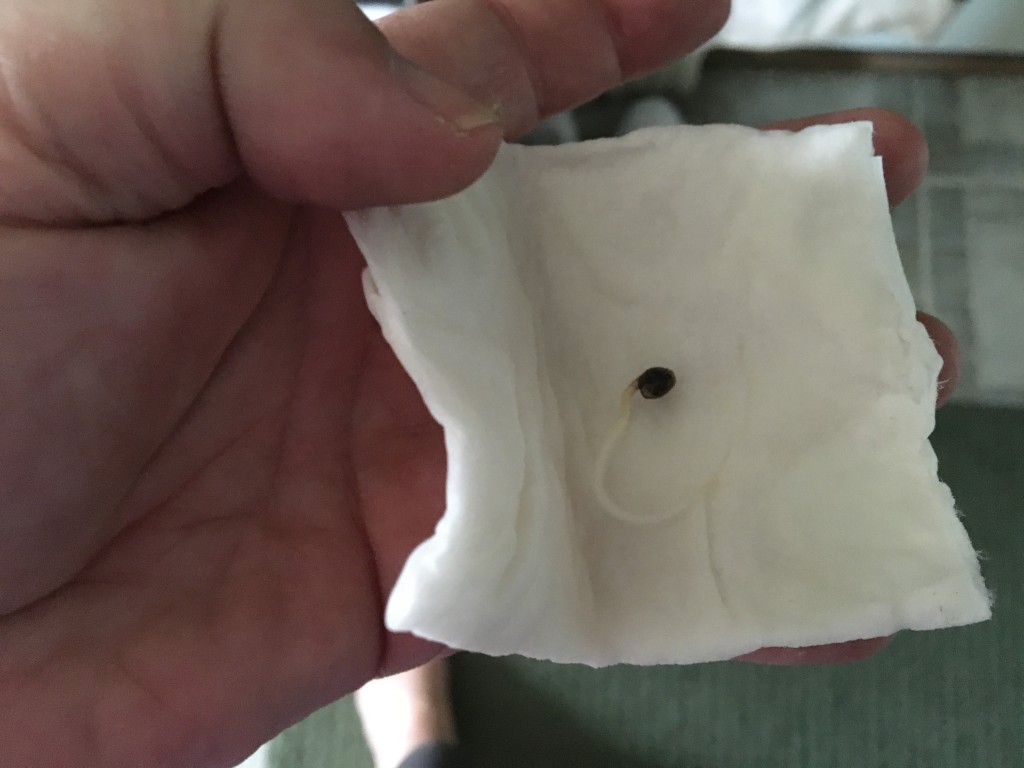
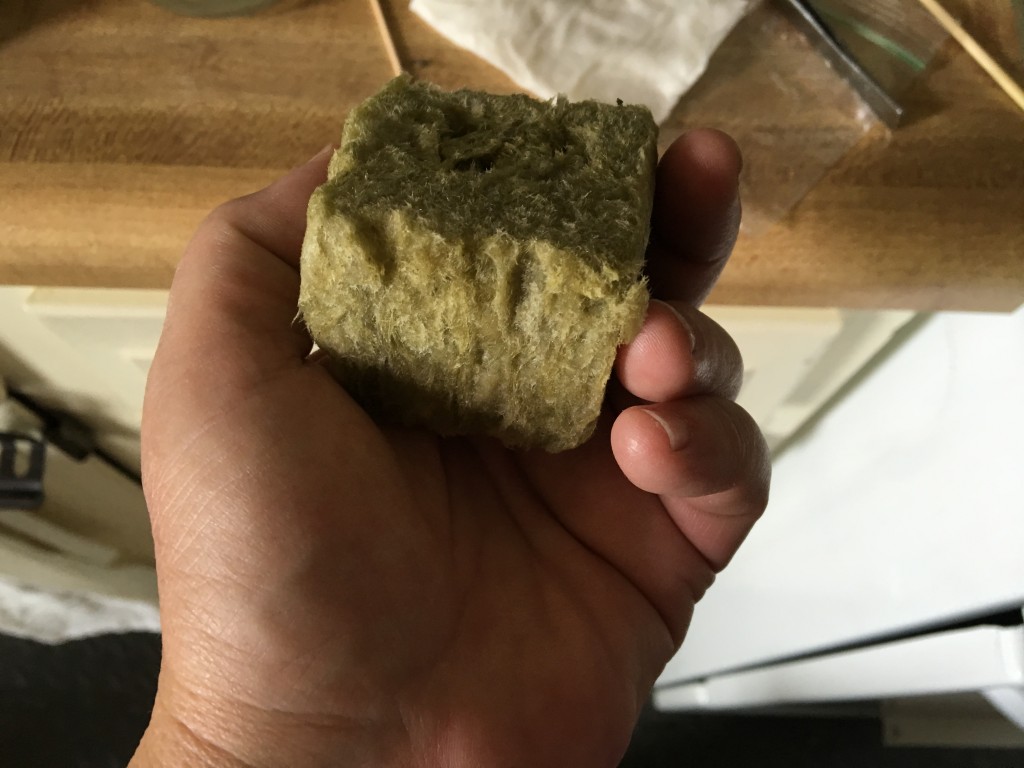
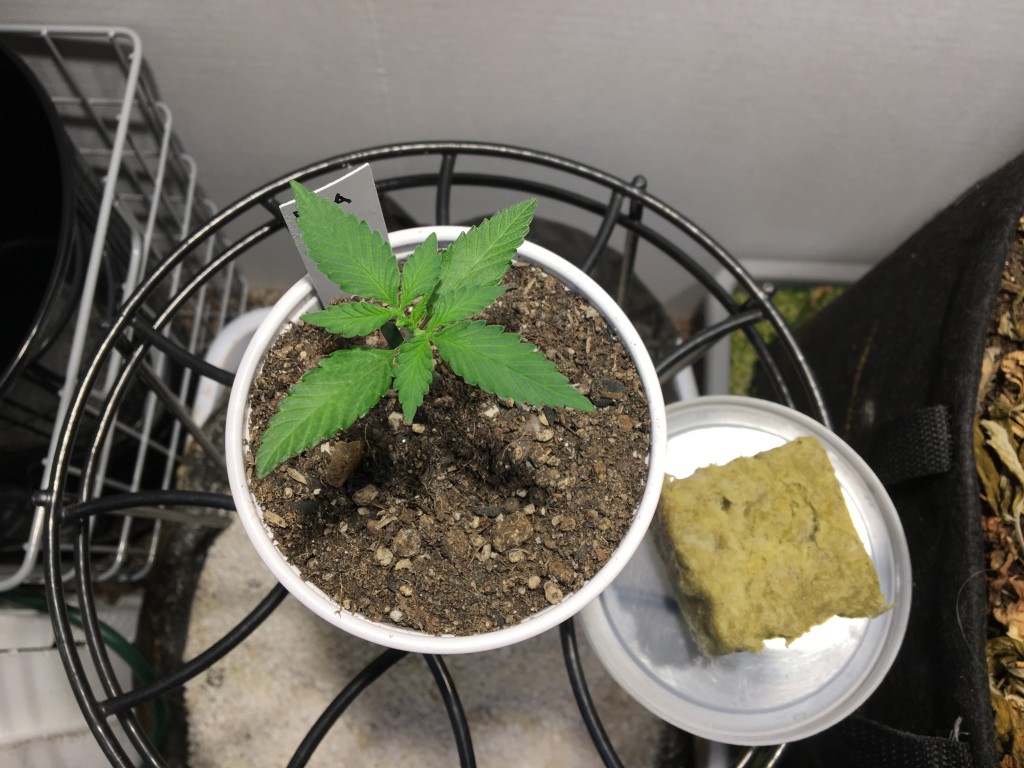
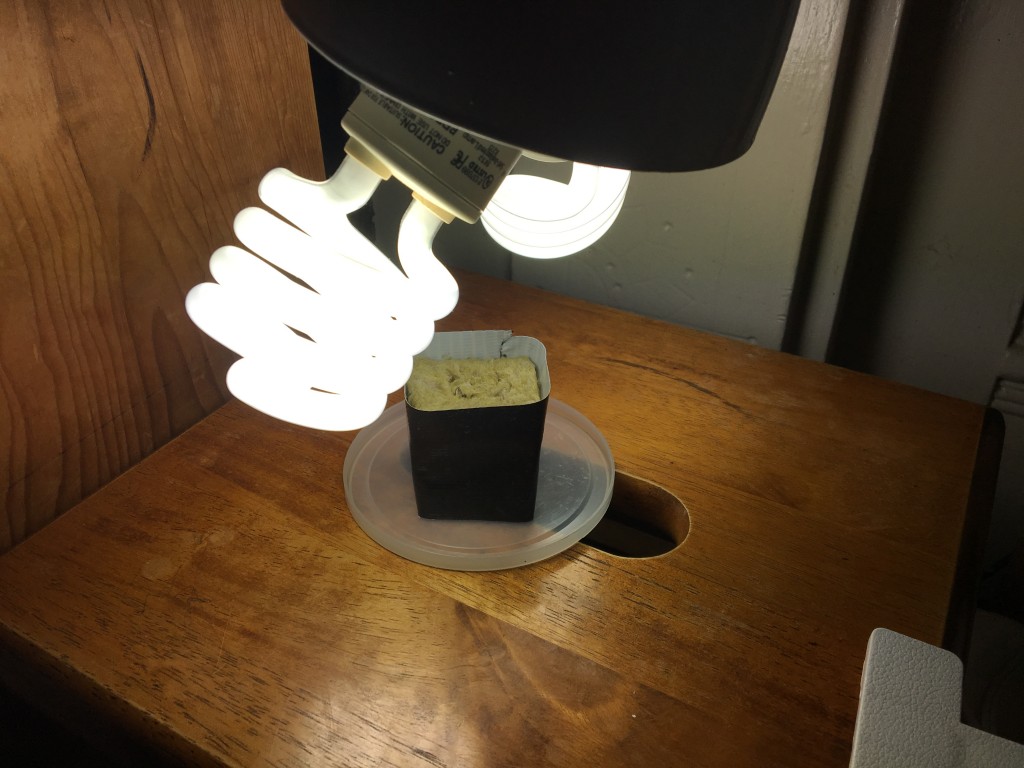

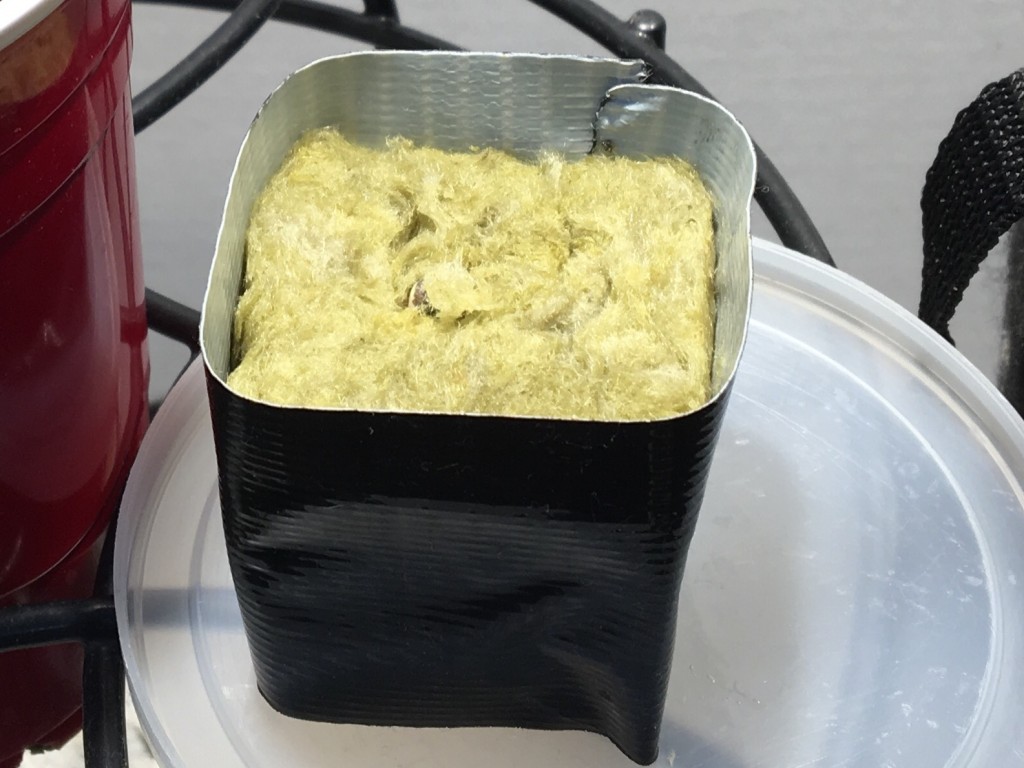
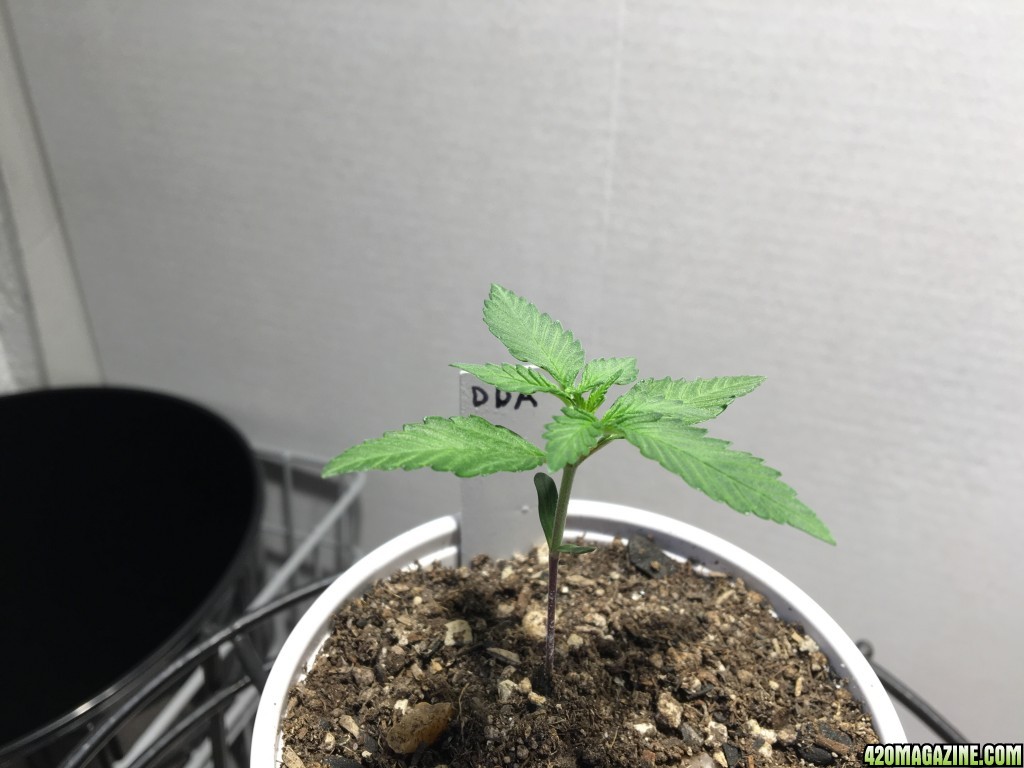
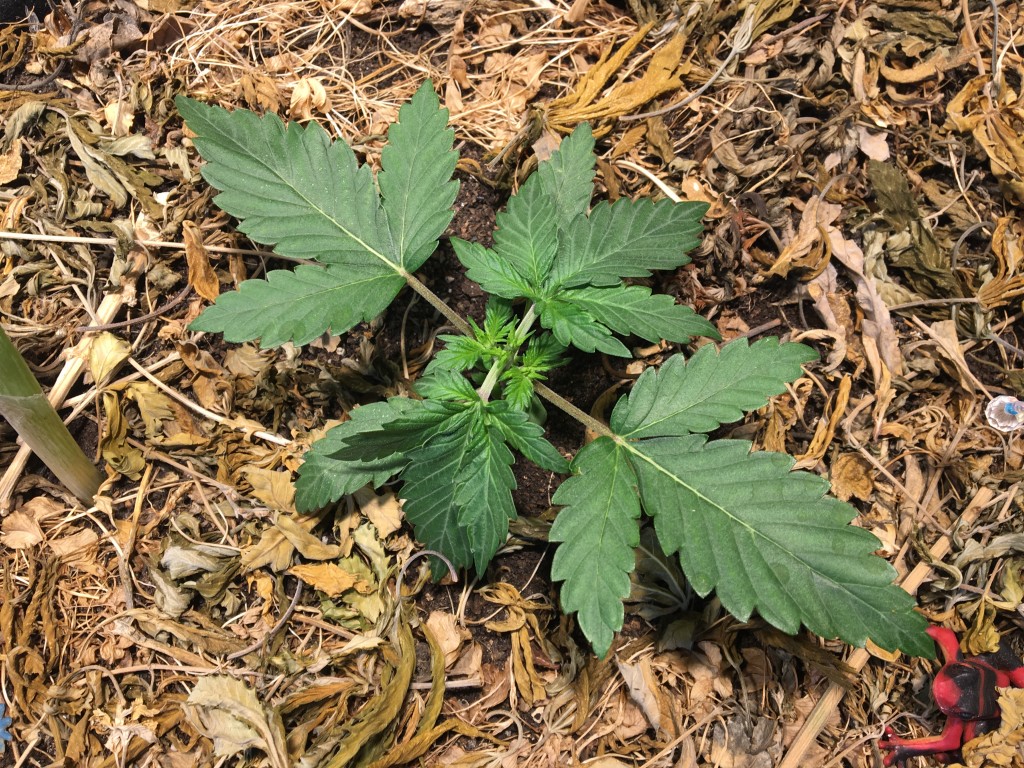
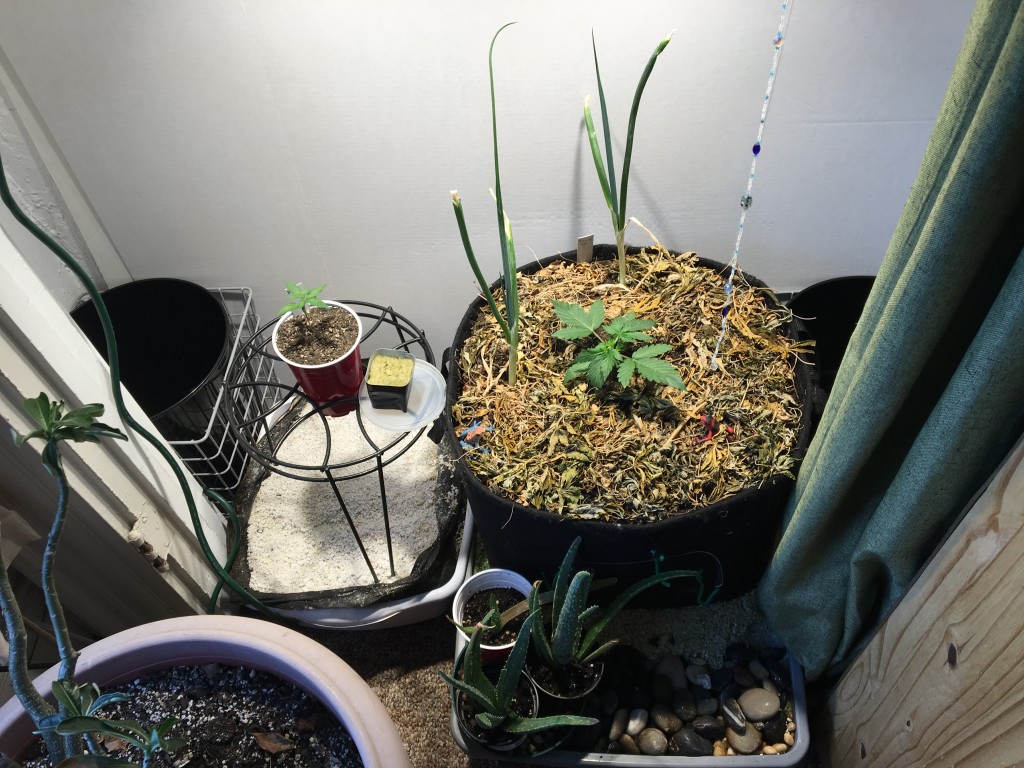
 I haven't had any for a day or so while I test the capsules. That smokeathon wore me out. Haha!
I haven't had any for a day or so while I test the capsules. That smokeathon wore me out. Haha! 


hahahaha............
see!
its tetris time!
i bet the first thing you thought was "where can i fit them"LOL
you are an official canna tetris aholic sweety !
 You called it. First thought was "Well, I'll have to make room in that photo tent." Hahaha!
You called it. First thought was "Well, I'll have to make room in that photo tent." Hahaha!Sue, you may have done this, but since you didn't mention it I wanted to point it out...
When using Rockwool, it's a good idea to soak in PH adjusted water...The Rockwool has a very high starting PH that should be adjusted down before adding your seed. You don't need to PH adjust the Rapid Rooter or Sure to Grow cubes (in advance), though.
Hi Sue.
I usually soak my rockwool cubes for at least an hour as well. I use ph neutral RO water. Like mr. Krip said
Then I shake the excess water out without squeezing. And let it drain for another hour to see how much water it retains. I try not to squeeze them.
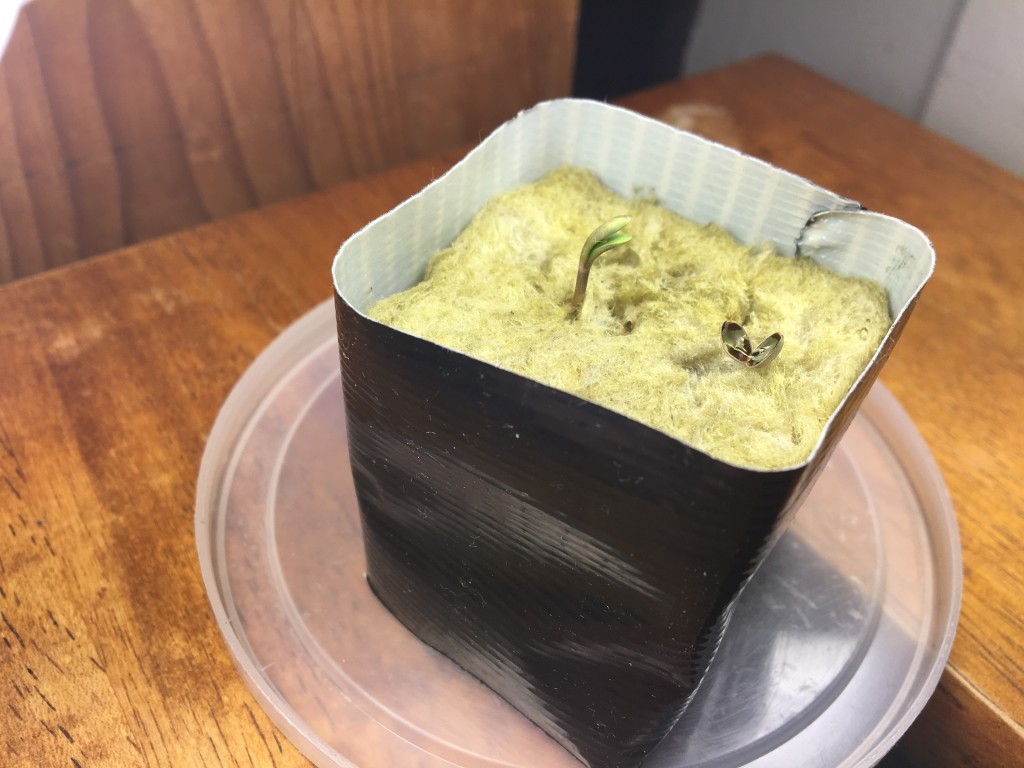

heya sue,, cheers to ya,, and,, very kind comment, thank you,,
i am brand new to rockwool,, got my first cubes just the other day,, four clones in em right now,, just a note,, funny,, the instructions on my cubes mention specifically to not squeeze or even shake the water out ,, for clones anyway,, just thought it interesting that they mentioned it so specifically,,i need to find a cloning solution, bad
a q iffin i might,, i might not have mentioned, anywhere, cept to me wife,, i have started consuming most of my mj, rather than smoking,, i simply decarb the bud and chew it,,
i had never experienced a 'body stone' in my life until i started this,, i read about it and the skeptic in me near convinced me that there was no such thing,, till recently. the buzz from this is , better, longer, groovier and other iers i cant think of now,, wow,,
a simple ninety mins in the oven and ,, that's it,,,,, that's it.. i really don't know why this is not the norm,, it is so superior,, no bad taste, like raw bud, no smoke, no cough, no sugar, no other cookie ingredients,, no problem,, no idea why this is not 'the' way to consume cannabis
oh ya,, my q,, i noticed you wrote somewhere that you decarb your bud at 240 or maybe more,, now,, everything i have read about this stresses the point that lower and slower is the way to go,, as in 220 or less for 90 mins or more,, i read one catch thing,, 110 for 110,, as in 230 for 110 mins,, even that is a bit high temp as far as most of my other research goes,, i keep reading that lower for longer is better,,
curious if you know otherwise
cheers sue,,

CANNABINOID TEMPERATURE GUIDE
The range of temperature in which all cannabinoids evaporate lies between 218 – 410 °F. As all cannabinoids have different boiling points, vaporizing the same bowl of herb at different temperatures will generate different results. In general, there‘s two main effects which we will call the “buzz high” and the “body high”. As mentioned above, lower temperatures will have more of a heady effect, whilst higher temperatures will have a more body load effect.
Note: Although some of the following cannabinoids require temperatures above 370 degrees fahrenheit to evaporate, setting a vaporizer to that temperature runs the risk of causing combustion, which should be avoided.
THC – 314 °F.
The most famous cannabinoid. It has both euphoric and analgesic effects, inducing a great sense of relaxation.
CBD – 320 – 355 °F.
The cannabinoid most sought after by medical users for its vast array of medicinal applications. It partly counters the effects of THC, effectively countering feelings of anxiety and paranoia.
Delta-8-THC – 347 – 352 °F.
This cannabinoid is very similar to THC, but it is more stable and less psychoactive. It has great anti-vomiting properties.
CBN – 365 °F.
CBN is often found in quite small amounts, however, its effects can still be felt. It breaks down THC and is highly associated with a sedative effect.
CBC – 428 °F.
This cannabinoid has anti-inflammatory and anti-fungal properties.
THCV – 428 °F.
THCV has been shown to moderate the psychoactive effects of THC, but more research is required.
Combustion: Dry weed can begin to combust at around 425 °F. The maximum heat weed can take before starting to burn is around 446 °F., depending on how humid it is.
FLAVONOIDS
Along with terpenoids, flavonoids are little known compared to the famed cannabinoids. Flavonoids are a large class of plant pigments that are sometimes referred to as Vitamin P. Terpenoids and Flavonoids are partly responsible for the looks, taste and smell of a particular strain. They are the reason we open the zip lock before we buy, because their smell reveals a lot about the character of the plant.
They are also thought to have secondary health benefits. The following outlines both the effects and the temperatures at which the flavonoids vaporize at.
Beta-sitosterol – 273 °F.
This flavonoid is thought to have anti-inflammatory qualities.
Apigenin – 352 °F.
Apigenin is thought to be estrogenic, anxiolytic and have anti-inflammatory properties.
Cannflavin A – 360°F.
This flavonoid is a COX inhibitor.
Quercetin – 480 °F.
Quercetin is an antioxidant and anti-viral flavonoid. It boils at , well out of the cannabis vaporization temperatures. But can be helpful with Lipoid Extracts
TERPENES
Terpenoids are structurally related to terpenes and are naturally occurring in a wide range of plants. In part, they contribute to what what gives plants their unique aromatic quality. The scent of cinnamon, cloves and menthol are examples of well known terpenoids. In fact, the strongest known naturally occurring psychedelic compound – Salvinorin A – is a terpenoid.
The following descriptions outline both the effects and boiling points of terpenoids.
Beta-caryophyllene – 390°F.
Thought to be anti-inflammatory and anti-malarial.
Alpha-terpineol- 313 °F.
This terpenoid is an antioxidant, sedative, antibiotic and anti-malarial.
Beta-myrcene – 330 °F.
This is analgesic, an antibiotic and anti-inflammatory.
Delta-3-carene – 334 °F.
This terpenoid has anti-inflammatory properties.
1,8-cineole – 349 °F.
1,8-cineole increase cerebral blood flow, acts as a stimulant, and is anti-viral, anti-inflammatory and an antibiotic.
D-limonene – 350 °F.
Perhaps surprisingly D-limonene appears naturally in cannabis. It has anti-mutagenic, antidepressant and immune system potentiating properties.
P-cymene – 350 °F.
P-cymene is an antibiotic and an anticandidal agent.
Linalool – 388 °F.
This is an antidepressant, sedative and immune system potentiator.
Terpineol-4-ol – 408 °F.
This is an antibiotic and an AChE inhibitor.
Borneol – 410 °F.
Borneol is an antibiotic.
Alpha-terpineol – 422 °F
This terpenoid is a sedative, antibiotic, antioxidant and AChE inhibitor.
Pulegone – 435 °F.
Pulegone is a sedative and potentially has memory boosting properties.
WHAT ARE TOXINS?
Very simply put, toxins are chemicals that can be harmful to our body. The advantage of vaporizers lies in their unique ability to extract the active ingredients of cannabis, but without the toxins of combustions, such as tar and carbon monoxide.
Vapor can still contain trace amounts of toxins. But compared to the over 100 different PAHs found in smoke, the one single PAH discovered in vapour is obviously a massive reduction. On the other hand, toxins that come from pesticides, herbicides and other chemical agents will also concentrate in vapour – that‘s why choosing organic cannabis is always smart.
The following is small selection of some of the toxins that are released through combustion.
Carbon monoxide and tar
Released by combustion in the form of smoke. They are carcinogenic and can cause lung related problems.
Toluene
This is not thought to be a very serious toxin, and only appears in small amounts. It can cause light-headedness, nausea, sleepiness and a loss of appetite. Its boiling point is 230 °F, so there is no avoiding it.
Benzene
Benzene is a carcinogen and has a boiling point of 392 °C.
Naphthalene
This toxin is possibly a carcinogen and causes light-headedness, nausea, loss of appetite and pale skin. Its boiling point is 424 °F.
CANNABIS MOISTURE AND VAPORIZER TEMPERATURE
Unlike when you use a bong or smoke a joint, bone dry cannabis can still be a delight in a vaporizer. However, because it is so dry, it will vaporize much faster – if it is too hot you run the risk of flash boiling the active ingredients, eliminating taste and flavour. As it is largely going to depend on the situation and strain you are using, there is no definitive guide to how to properly vaporize particularly dry weed; but as a rule of thumb you will want to reduce the temperature from your norm, going lower the drier it is.
Conversely, if your bud is fresh, then it may be very high in moisture. As a result, it can sometimes be hard to get cannabinoids out. To deal with this, it is recommended to do what‘s called a flavonoid run. By putting the vaporizer at a lower temperature (around 280 – 300 °F.), it is possible to gain a bunch of flavonoid vapour whilst slowly drying out your cannabis a bit. After this run, your cannabis should be dry enough to vaporize efficiently at THC and other cannabinoid temperatures.

 Thanks for adding to the educational value of my joyful journal. If I'm smart I'll make note of this on the flow sheet and finally start compiling a reference thread for this lengthy journal. There's so much information in here, it'd be nice to have the more important things catalogued somewhere. It's a dream I start out each journal with. Then I get distracted.
Thanks for adding to the educational value of my joyful journal. If I'm smart I'll make note of this on the flow sheet and finally start compiling a reference thread for this lengthy journal. There's so much information in here, it'd be nice to have the more important things catalogued somewhere. It's a dream I start out each journal with. Then I get distracted. 
learning a lot in this Grow. thanks for putting out all the info you learned along the way and also thanks for stopping by my thread


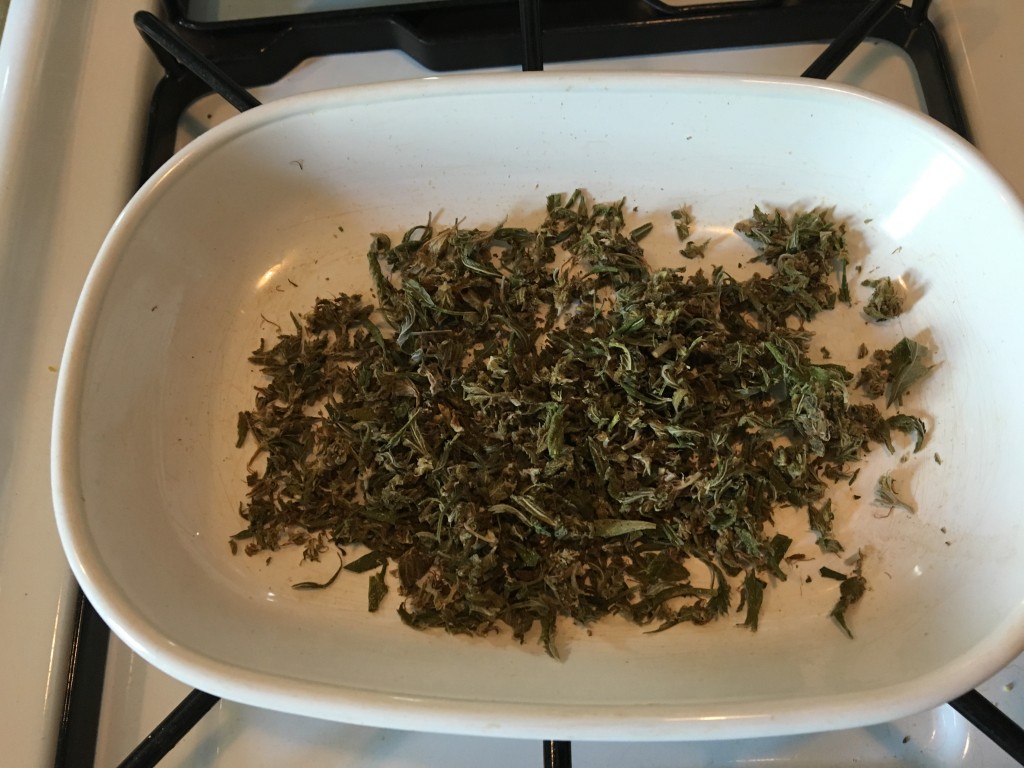
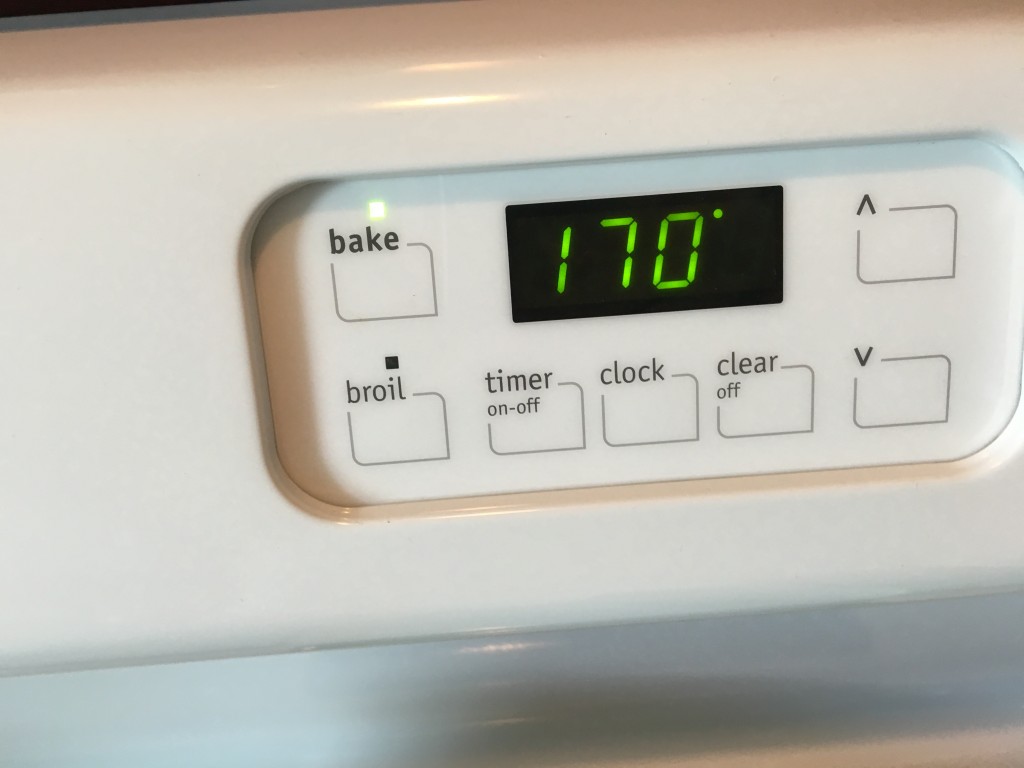
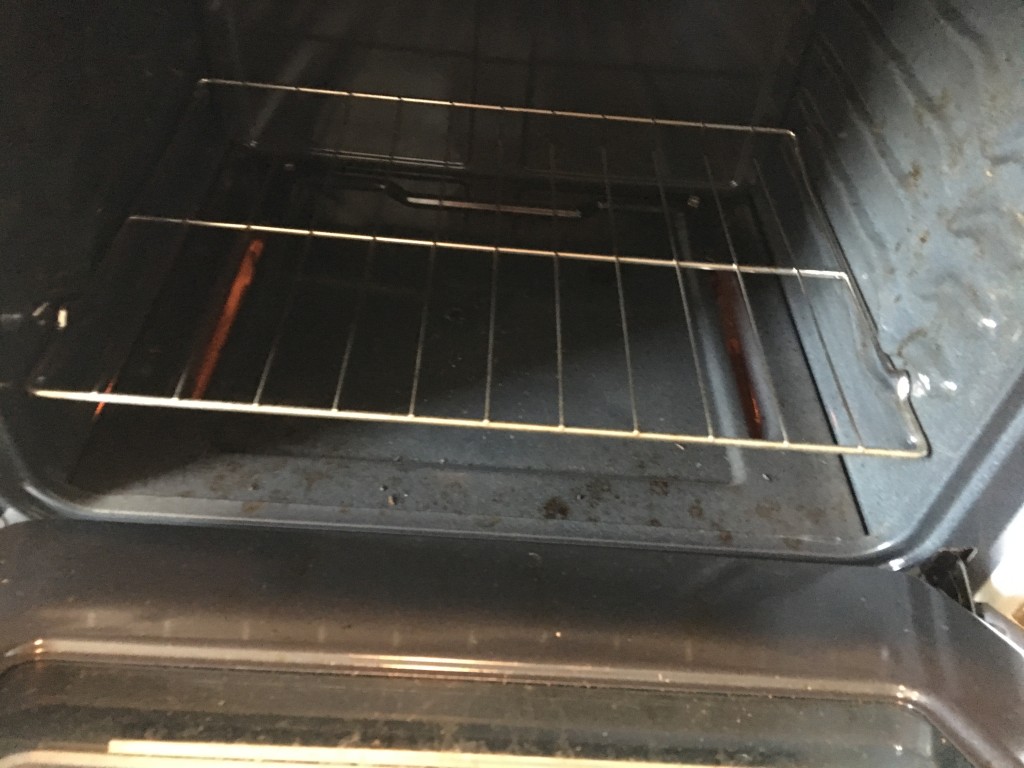
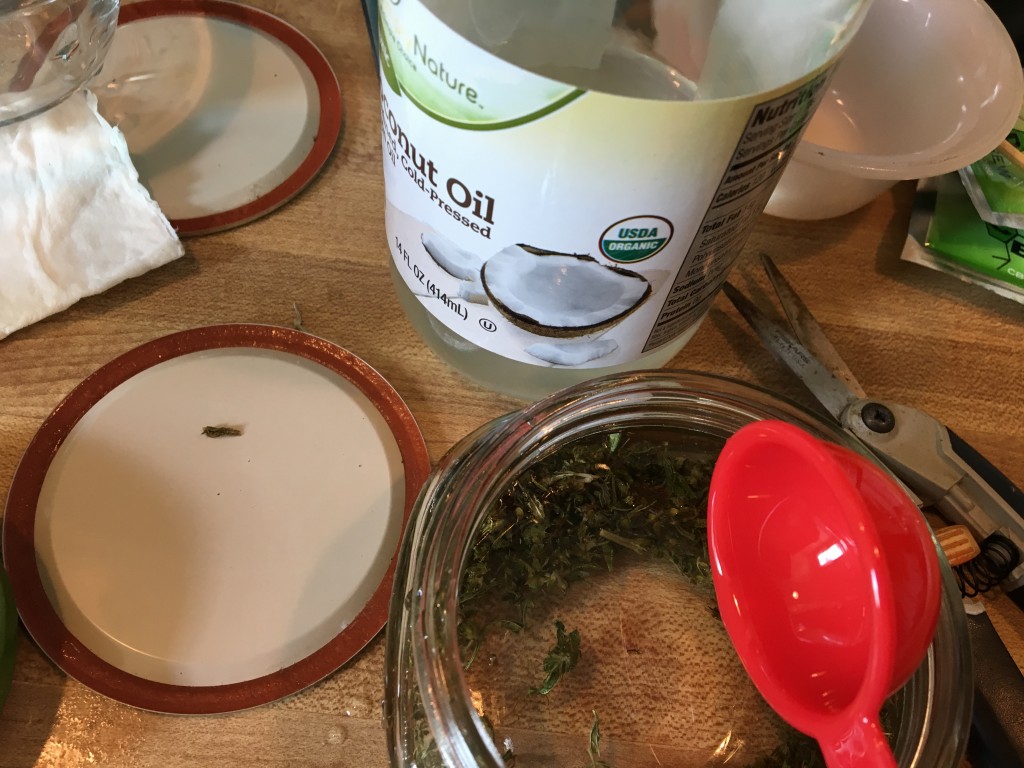
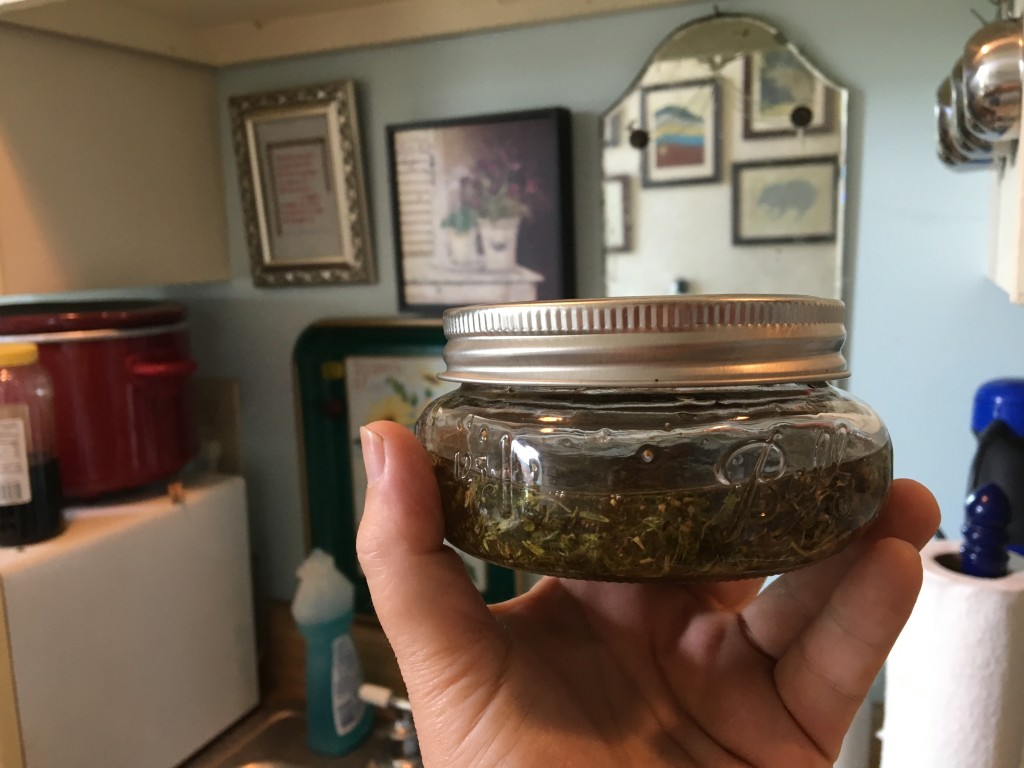
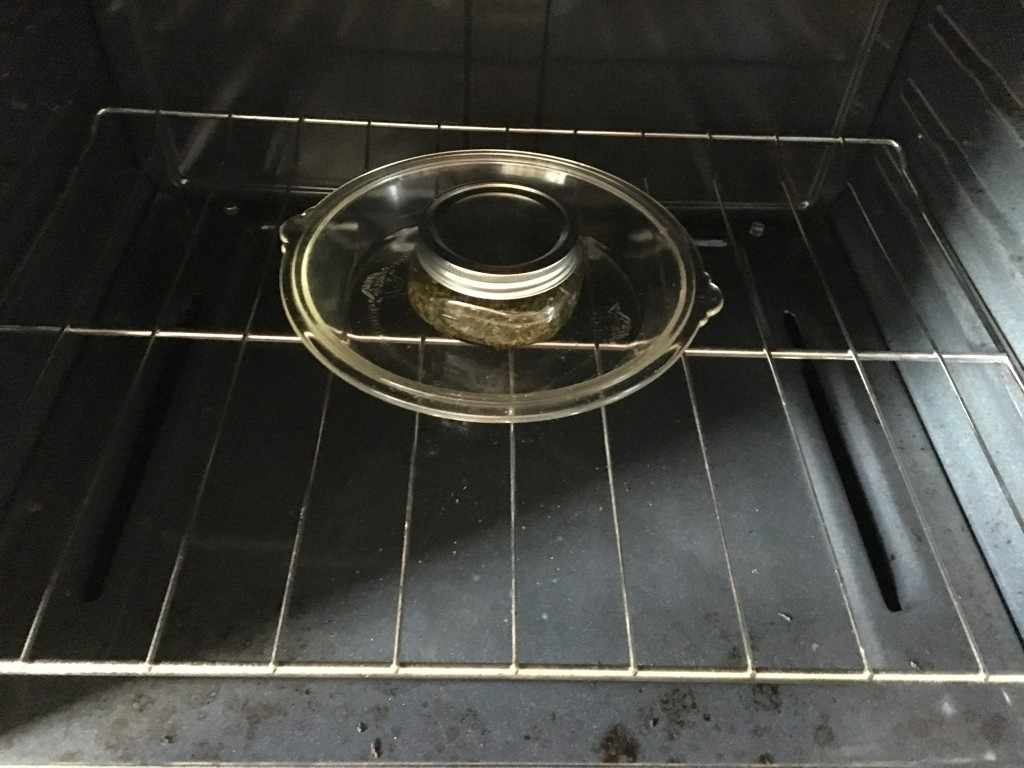
i love you and i love this thread sue , im learning again ,damn it i feel like im back in high school


